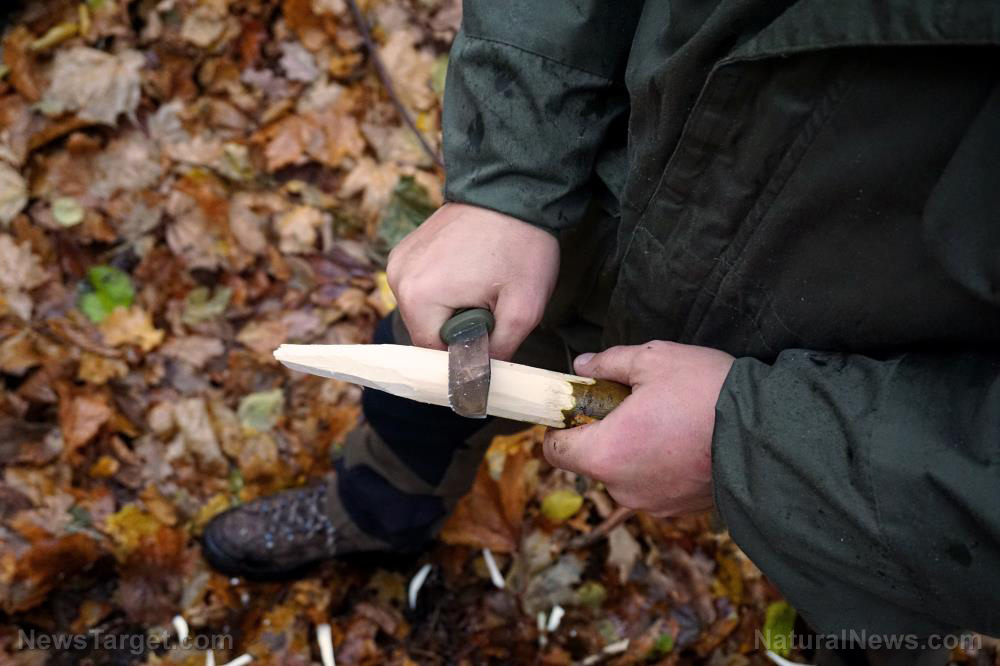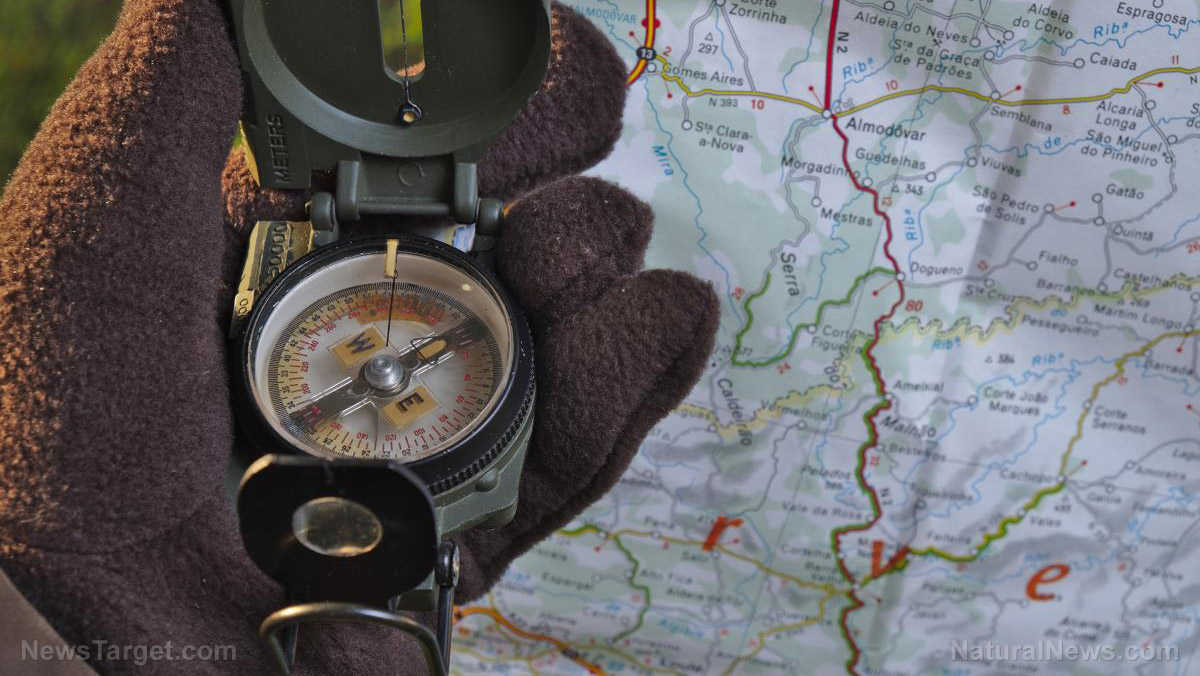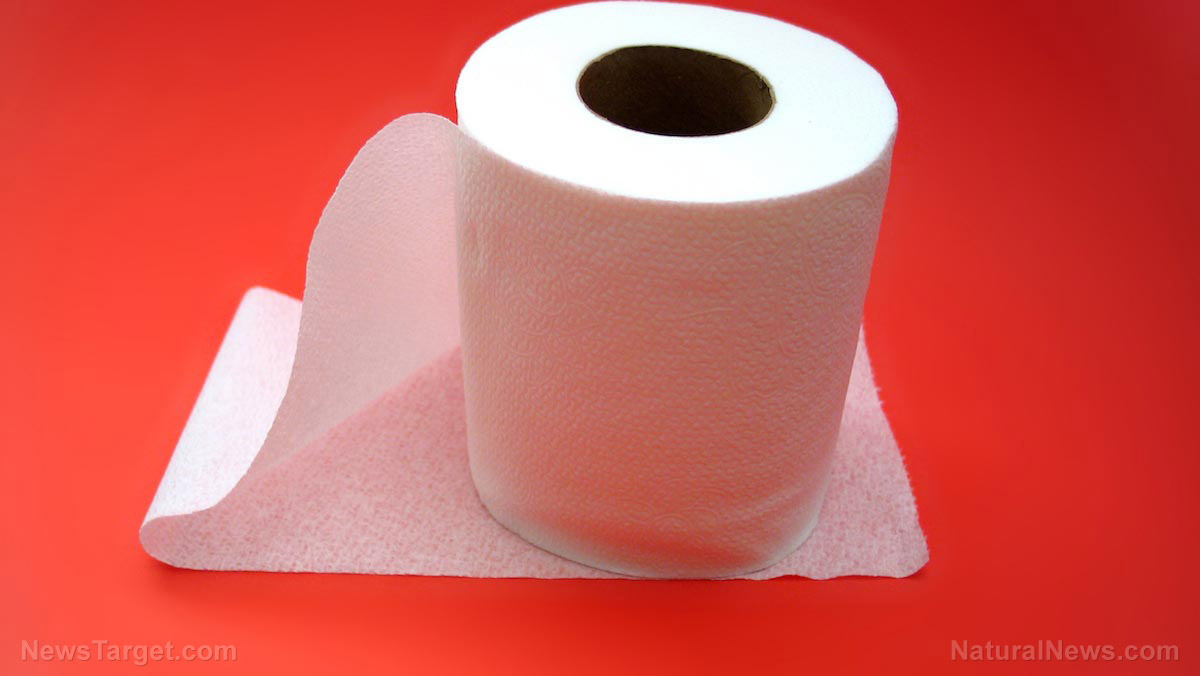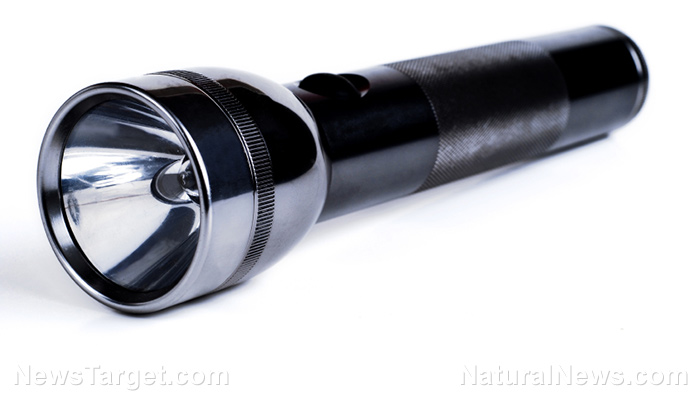You fired your gun. What do you do now?
08/03/2019 / By Vicki Batts
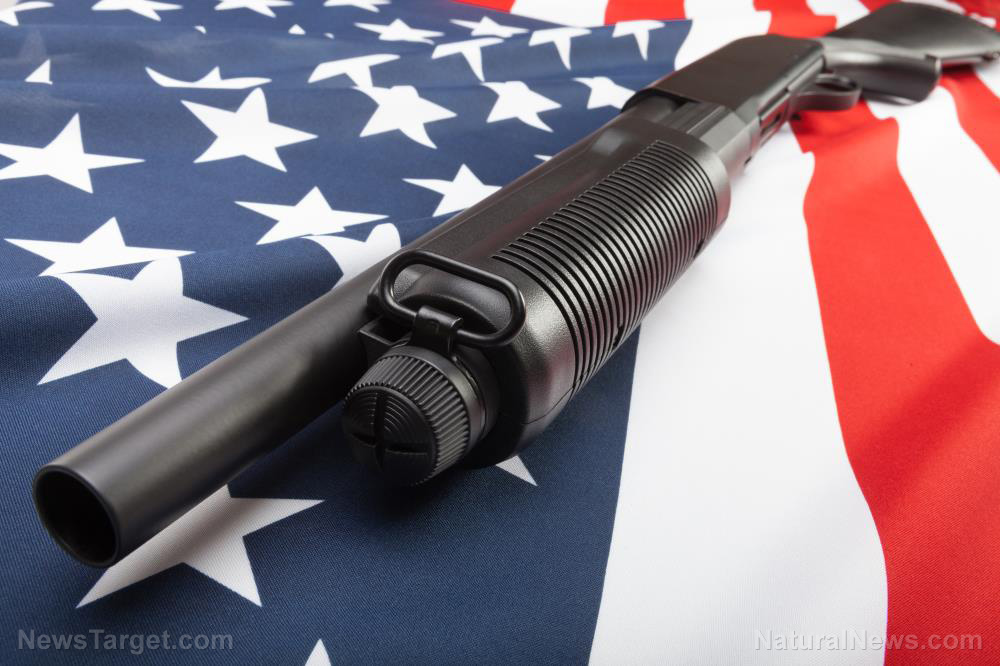
Any dedicated gun owner will tell you how much time they’ve spent training to use their weapon safely and how to respond in emergency situations. While no one ever actually wants to be in a situation where they need to use a gun for self-defense, it is a scenario that most gun owners prepare for. But what about what happens after the gun has been fired? In the event that you ever do have to use a gun to defend yourself, knowing what steps to take next can be essential — especially if you want to keep yourself out of prison.
As experts note, using your weapon may put a stop to the immediate threat on your life, but the situation at hand is anything but over.
What to do after using a gun for self-defense
Writing for Personal Defense World, Paul Rackley contends that preparing for what to do after a self-defense shooting is just as important as learning how to safely use your weapon in the first place. As Rackley explains, in the aftermath, you may experience shock and may be unable to think clearly — which is why having a plan in place beforehand is so crucial.
“You do not want to do or say the wrong thing if you’ve just possibly taken a life. Even in self defense, this is still considered homicide. It just may be justified,” Rackley asserts. While Rackley’s tips are not considered legal advice, having a plan to stay safe is never a bad idea.
According to Rackley, the first thing you should do after a self-defense shooting is to get safe. Make sure that there are no secondary attackers waiting in the wind, and secure yourself first. Once you are safe, the next step is to call the police.
Experts agree that being the first one to call 911 is ideal. Even if there are lots of bystanders and witnesses who’ve already called for help, you should still call 911 yourself if possible. As CCW Safe reports, police often identify the first caller as the victim — but even if you aren’t first, making your own report is still better than no report from you at all.
Securing the scene is also important. You don’t want potential evidence to go disappearing, but you also should not touch anything — unless there is a high risk that it will be moved by someone else.
Taking pictures of any evidence (say, the knife your attacker stabbed you with) is one such measure you can take to protect yourself after the fact.
After the police arrive
Once police arrive, Rackley suggests you be prepared for handcuffs. Most likely, the officers will order you to put your weapon down and get on the ground — and it is absolutely essential that you comply with police orders without a fuss. In a situation like this, the officers are acting for their own safety; don’t take it personally and don’t assume you’re under arrest.
After complying with police, the most important thing you can do after officers arrive is keep your mouth shut. Using loaded words or saying something the wrong way may end up haunting you once you’re in the courtroom.
Rackley explains:
State a few facts, such as “He attacked me,” and “He had a weapon.” Point out the evidence and any witnesses, but keep responses filled with facts and without loaded words. You didn’t shoot to wound him or to kill him. You shot to stop the attack. And while most would think this is common sense, it has to be stated in today’s world. Do not post anything about the incident on social media. Every bit of that is admissible in court. You say something in the wrong way, and you could face charges.
CCW Safe recommends that you should stick to providing only initial information to the officers, such as identifying the attacker and stating that you were forced to defend your life. If police push for a detailed statement, you can show your desire to comply by stating, “I want to give a full statement but in the presence of my attorney.”
Learn more about self-defense and more at Preparedness.news.
Sources for this article include:
Tagged Under: gun rights, guns, preparedness, Second Amendment, self-defense, self-defense shooting, shootings, survival
RECENT NEWS & ARTICLES
COPYRIGHT © 2017 GEAR.NEWS
All content posted on this site is protected under Free Speech. Gear.news is not responsible for content written by contributing authors. The information on this site is provided for educational and entertainment purposes only. It is not intended as a substitute for professional advice of any kind. Gear.news assumes no responsibility for the use or misuse of this material. All trademarks, registered trademarks and service marks mentioned on this site are the property of their respective owners.


